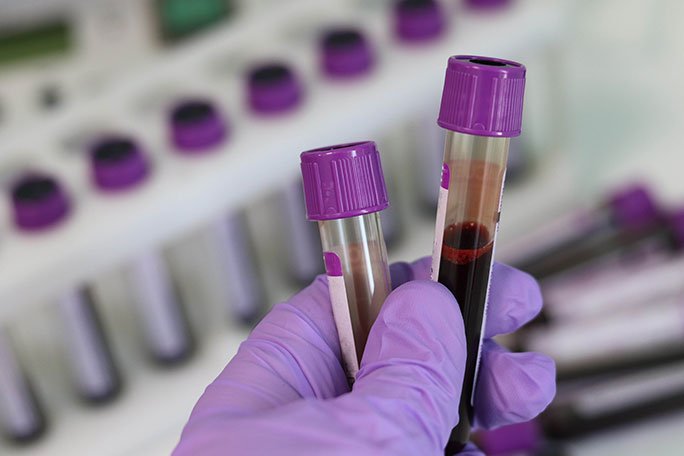Key Components of Hospital Supply and Equipment Management in the United States
Summary
- Hospitals in the United States are facing challenges in managing their supply and equipment due to the complex healthcare system and regulatory environment.
- The key components of hospital supply and equipment management include inventory control, procurement, vendor management, and technology integration.
- Effective management of hospital supplies and equipment is essential for improving patient outcomes, reducing costs, and ensuring regulatory compliance.
- Implementing barcode technology for tracking inventory
- Setting par levels for essential supplies
- Regularly conducting inventory audits
- Utilizing inventory management software
- Establishing relationships with reliable suppliers
- Negotiating contracts with favorable terms
- Conducting regular vendor evaluations
- Leveraging group purchasing organizations (GPOs)
- Establishing clear communication channels with vendors
- Setting performance metrics for vendors
- Addressing vendor non-compliance promptly
- Collaborating with vendors on product innovation
- Inventory management software
- RFID tracking systems
- Electronic health record (EHR) integration
- Data analytics tools
Introduction
Hospital supply and equipment management play a critical role in the efficient operation of healthcare facilities in the United States. With the increasing complexity of the healthcare system and the growing demands for quality care, hospitals are facing significant challenges in managing their supplies and equipment effectively. In this article, we will discuss the key components of hospital supply and equipment management in the United States and the importance of implementing best practices in this area.
Inventory Control
Inventory control is one of the key components of hospital supply and equipment management. Hospitals must have an efficient system in place to track and manage their inventory to ensure that they have the right supplies and equipment available when needed. Effective inventory control can help hospitals avoid stockouts, reduce waste, and optimize storage space. Some best practices for inventory control in hospitals include:
Procurement
Procurement is another critical component of hospital supply and equipment management. Hospitals must have a strategic procurement process in place to ensure that they are sourcing high-quality supplies and equipment at competitive prices. Effective procurement practices can help hospitals reduce costs, improve vendor relationships, and ensure the availability of essential supplies. Some key strategies for procurement in hospitals include:
Vendor Management
Vendor management is essential for ensuring the quality and reliability of hospital supplies and equipment. Hospitals must work closely with their vendors to maintain strong relationships and address any issues that may arise. Effective vendor management can help hospitals improve Supply Chain efficiency, reduce risks, and ensure the timely delivery of supplies. Some best practices for vendor management in hospitals include:
Technology Integration
Technology integration is becoming increasingly important in hospital supply and equipment management. Hospitals are leveraging technology solutions to streamline processes, improve visibility into their Supply Chain, and make data-driven decisions. Technology integration can help hospitals enhance their efficiency, reduce costs, and improve patient outcomes. Some common technology solutions used in hospital supply and equipment management include:
Conclusion
Effective management of hospital supplies and equipment is crucial for the successful operation of healthcare facilities in the United States. By focusing on key components such as inventory control, procurement, vendor management, and technology integration, hospitals can optimize their Supply Chain, reduce costs, and improve patient outcomes. Implementing best practices in hospital supply and equipment management can help hospitals navigate the challenges of the healthcare system and ensure regulatory compliance.

Disclaimer: The content provided on this blog is for informational purposes only, reflecting the personal opinions and insights of the author(s) on the topics. The information provided should not be used for diagnosing or treating a health problem or disease, and those seeking personal medical advice should consult with a licensed physician. Always seek the advice of your doctor or other qualified health provider regarding a medical condition. Never disregard professional medical advice or delay in seeking it because of something you have read on this website. If you think you may have a medical emergency, call 911 or go to the nearest emergency room immediately. No physician-patient relationship is created by this web site or its use. No contributors to this web site make any representations, express or implied, with respect to the information provided herein or to its use. While we strive to share accurate and up-to-date information, we cannot guarantee the completeness, reliability, or accuracy of the content. The blog may also include links to external websites and resources for the convenience of our readers. Please note that linking to other sites does not imply endorsement of their content, practices, or services by us. Readers should use their discretion and judgment while exploring any external links and resources mentioned on this blog.
